Herta Ottolenghi Wedekind was born in Berlin in 1885. She is the daughter of Sophie Danzier and Paul Wedekind zu Horst. An old family belonging to the German nobility, the Wedekinds, bankers and entrepreneurs, boast a Sicilian branch from Paul's generation. After a cosmopolitan training in Berlin, Munich, Hannover, Palermo and Rome, Herta, in order to deepen her aptitude for sculpture, chose to settle in Rome between 1910 and 1912. Here she was a pupil of the German sculptor and ceramist Hans Stoltenberg Lerche, in his prestigious studio in Via Flaminia.
After marrying Piedmontese entrepreneur Arturo Ottolenghi, Herta alternated her Roman period with several stays in a sanatorium in Davos, Switzerland, to treat tuberculosis. In this secluded and elitist place, she continued to devote herself to sculpture. In addition, she began to develop the idea of a particular and original process of preparing images and designs for textiles, which would take hold shortly afterwards and to which she would devote herself throughout the 1920s. Through the process of kleksography, he creates the designs for his textiles, with which he will participate in the most important international decoart exhibitions of the 1920s, including the Exposition internationale des arts décoratifs et industriels modernes in Paris in 1925.


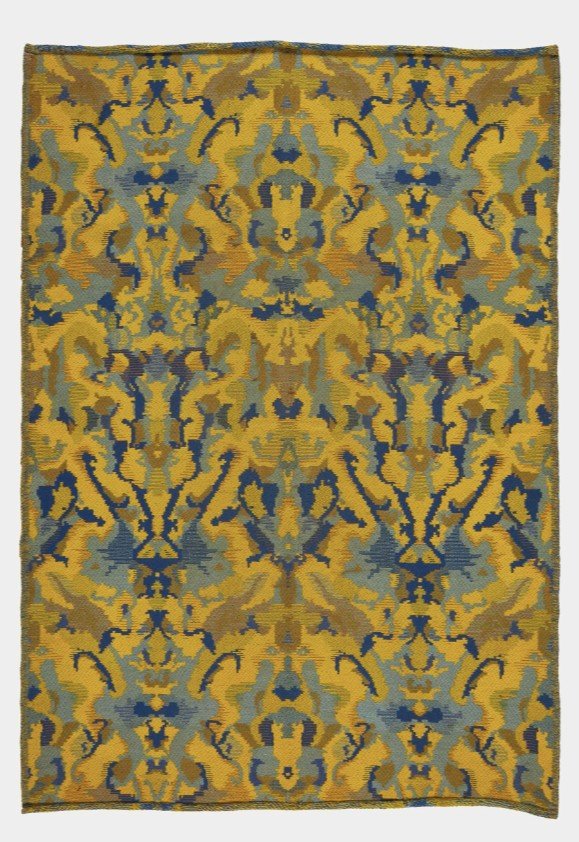





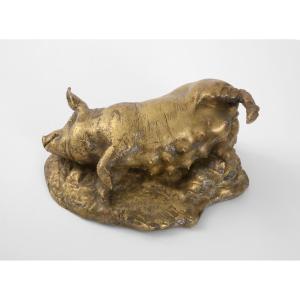





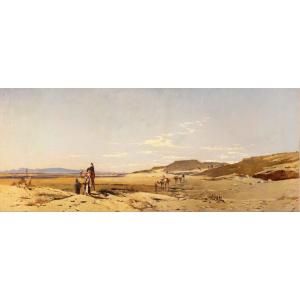
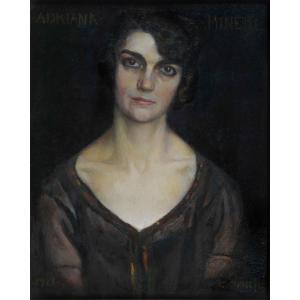






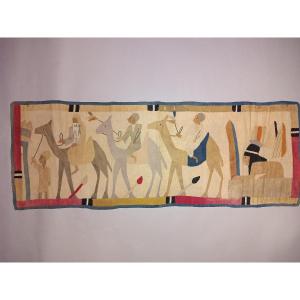
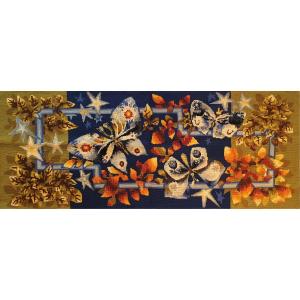



 Le Magazine de PROANTIC
Le Magazine de PROANTIC TRÉSORS Magazine
TRÉSORS Magazine Rivista Artiquariato
Rivista Artiquariato